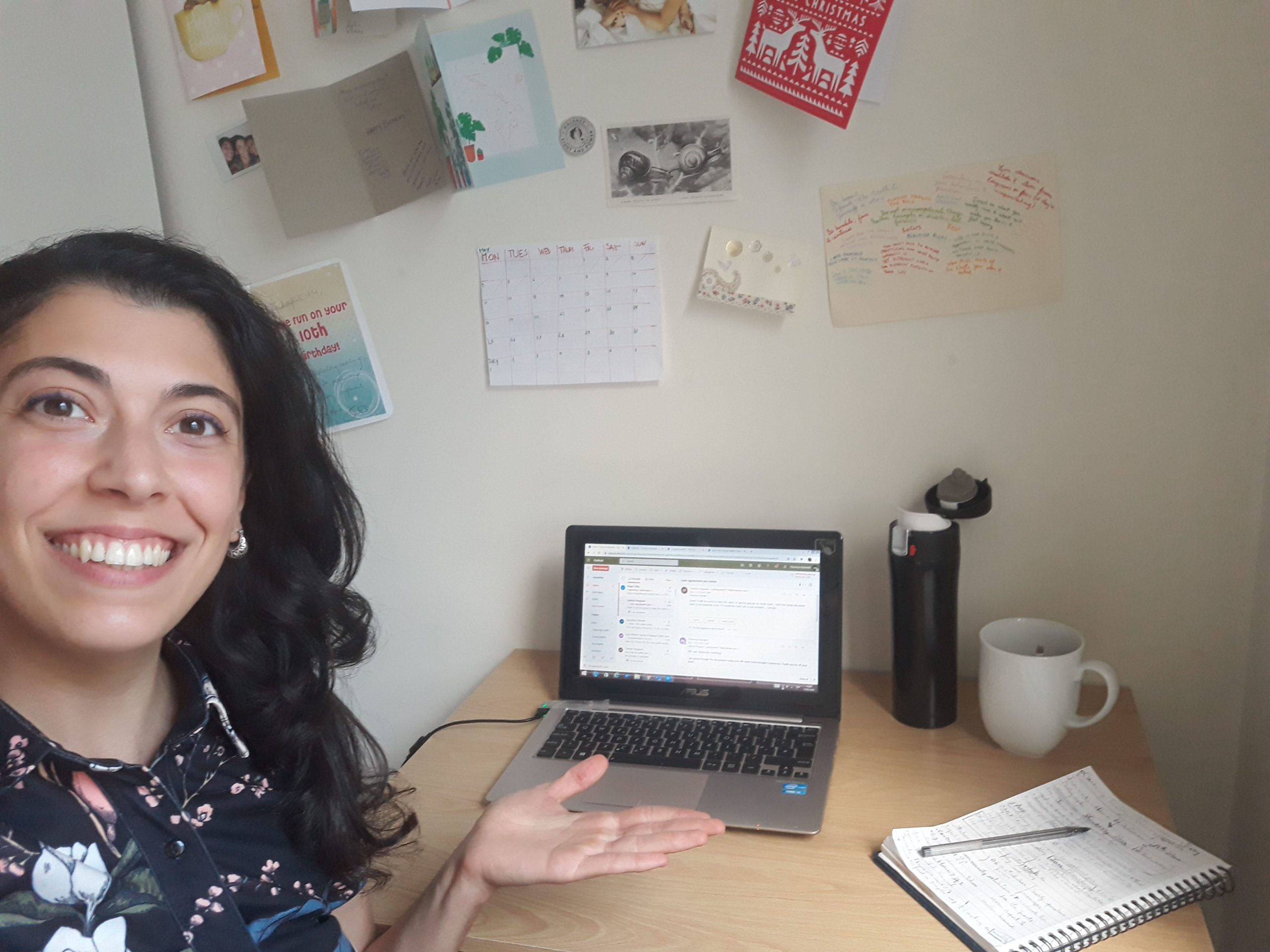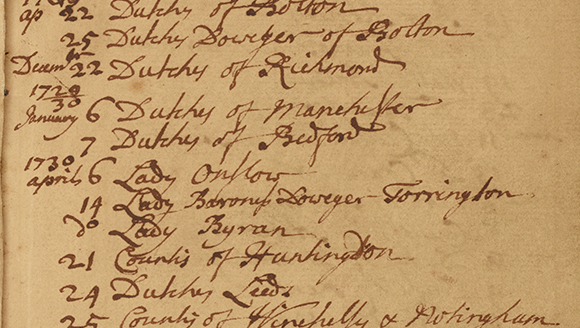Sarina Munro, MA Museum Cultures with Curating student, is in the midst of a work placement at the Swedenborg Society, an educational charity in central London which publishes the works of Swedish scientist, philosopher and visionary, Emanuel Swedenborg (1688-1772). In this blog, Sarina shares how she is undergoing a complete career change and explains what she is doing on her placement.
On a rainy April morning I stopped outside a beautiful bookshop that looked like it was out of a Charles Dickens novel. I walked up the side steps and entered this enchanting little gem in the heart of Bloomsbury, London. Yet, what happened was more than stepping into a bookshop – I had just stepped in through an invisible wardrobe into my very own Narnia. As I closed the bookshop door, I closed the door to the outside world – a high-octane, fast-paced, ever-instant digital world, which can sometimes feel so overwhelming and utterly consuming.
I made my way to the Gardiner Room and found myself in an amazing room with bookshelves from floor to ceiling. I stood there and did a 360-degree turn, smiling to myself because I felt like I had just walked into Tommy Lascelles’s room in The Crown. This was going to be my workplace for the next three months, under the mentorship of a Swedenborg Society librarian and archivist, Alex Murray. I was starting a work placement as a collections and archives assistant, as part of my MA Museum Cultures with Curating at Birkbeck.
I am a mature student. The first time I went to university was in the 1990s. I read English, then did a post-grad in print journalism, and went on to have a career in national newspapers and magazines, which culminated in a staff job at a national broadsheet. However, even when working on a newspaper, I would daydream about going back to university to study at Birkbeck. That daydream to study, then became a dream to pursue a whole new career in museology. When the world went into lockdown in 2020, I realised life is too short to just dream. Once on my course, I chose the work placement option, so that I could get some practical experience. I applied to the Swedenborg Society because I am a huge fan of the early feminist-activist Josephine Butler, who led the campaign to repeal the Contagious Diseases Acts of the 1860s. In my interview, I gave an impassioned speech about her work and my interest in Swedenborg Society’s Josephine Butler collection. Little did I know then that the executive director, Mr Stephen McNeilly, would give me an opportunity of a lifetime.
After my initial three weeks’ training, I was handed a folder by Mr McNeilly. It was Swedenborg Society’s Josephine Butler collection: eight letters written by Josephine to James John Garth Wilkinson – homeopath and supporter of the repeal campaign. I was tasked with transcribing and researching the letters. There was such an incredible intimacy in holding those letters, feeling them between my fingers, looking at the fading ink on the yellowish paper – and then, deciphering cursive-Victorian handwriting. On my first day, I struggled, but as each day went by, I became more and more familiar with Josephine’s writing and began to spot dates and connect them with corresponding events in Josephine’s life. It was an incredible feeling, being given the privilege of working with the collection. I felt a closeness to Josephine Butler. I also felt extremely humbled and honoured to have the responsibility of transcribing Josephine’s impassioned words and extracts from her spiritual diary.
My work placement is hands-on and inspiring. Every day I learn so much about collections, archives and the history of Emanuel Swedenborg, his work and all the prominent figures in history that he has influenced and been linked with, such as William Blake, S.T Coleridge, JJG Wilkinson and many more. Working at the Swedenborg Society has inspired me to peel back more and more layers and I have immersed myself into the esoteric, enchanting world of Swedenborgians.
The Swedenborg Museum is currently showing Swedenborg in 27 Objects, curated by Executive Director Stephen McNeilly. It is open to the public every Wednesday from 11am to 5pm. It is a wonderfully eclectic exhibition – from The Josephine Butler collection, a letter written by disability activist Helen Keller, to illustrations by William Blake. For the ghoulish, there are even Swedenborg’s body parts on display. Come and visit. Enter through the bookshop and experience your very own Narnia.
Further Information



